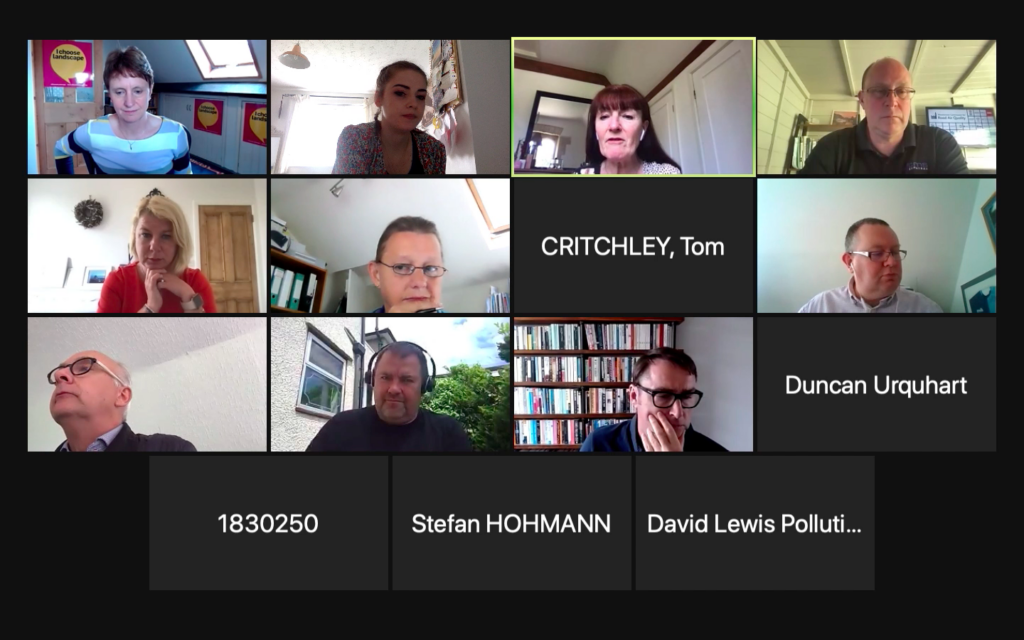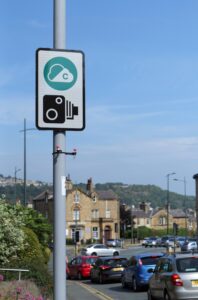The WCRAQ Planning working party meeting, held on June 7, addressed why local authorities should implement or retrofit green infrastructure to clean up our air.
Guest speaker Jane Findlay, President of the Landscape Institute and Founder of landscape design agency Fira, delivered the presentation ‘Healthy Places, Healthy People’. She highlighted that implementing green infrastructure towns and cities plays a critical role in public health.
Planning Working Party Chair Dr Louise Brooke-Smith kicked off the Planning meeting as the first of the Q2 round of WCRAQ working party conferences. She highlighted that apart from reducing emissions, the most effective way of cleaning up the air we breathe is to make our towns and cities greener.
‘This past year has spotlighted the poor quality of urban realms and inaccessibility of green spaces. People have found a new love for their local park and gardens, making green infrastructure equally as critical as grey infrastructure,’ commented Jane Findlay.
Research by Natural England, supported by Newcastle University Health Equity, has shown that those who live within 300 metres of green space live for longer. Urban green areas have also been found to improve mental health, wellbeing, increase social cohesion, lower crime rates, and boost biodiversity. Critically, implementing green infrastructure into urban planning is the best way to improve urban air quality and reduce emissions such as nitrogen oxides and particulate matter.
In a study published in Environmental Science & Technology, planting a line of young silver birch trees by the roadside resulted in over 50 per cent reductions in PM levels within the row of terraced houses screened from over the road.
Moreover, green infrastructure plays a crucial role in incentivising active travel, such as walking and cycling, by encouraging people to move away from polluted roads into cleaner spaces.
Although trees play a paramount role in ensuring the air we breathe is clean within urban environments, the UK has just 13 per cent tree coverage, the lowest in Europe.
‘Do green infrastructure projects echo the “supermarket effect” of plants left outside a shop, whereby some greenery is not properly maintained and forgotten about? I suspect that no matter how well-thought-out proposals are, if local authorities do not look after the well intentioned green infrastructure and tree planting, they will not thrive and hence not fully benefit their communities,’ Dr Louise Brooke-Smith asked.
Findlay reinforced that there is very little point in implementing green infrastructure projects if there is no money, skill, nor time to maintain them. Instead, she laboured that long term management is vital to offer real benefits to local people.
If you are interested in adding your voice to the conversation of how we can clean up our air, join WCRAQ today by emailing jason.pidgeon@visiecommunications.co.uk.



